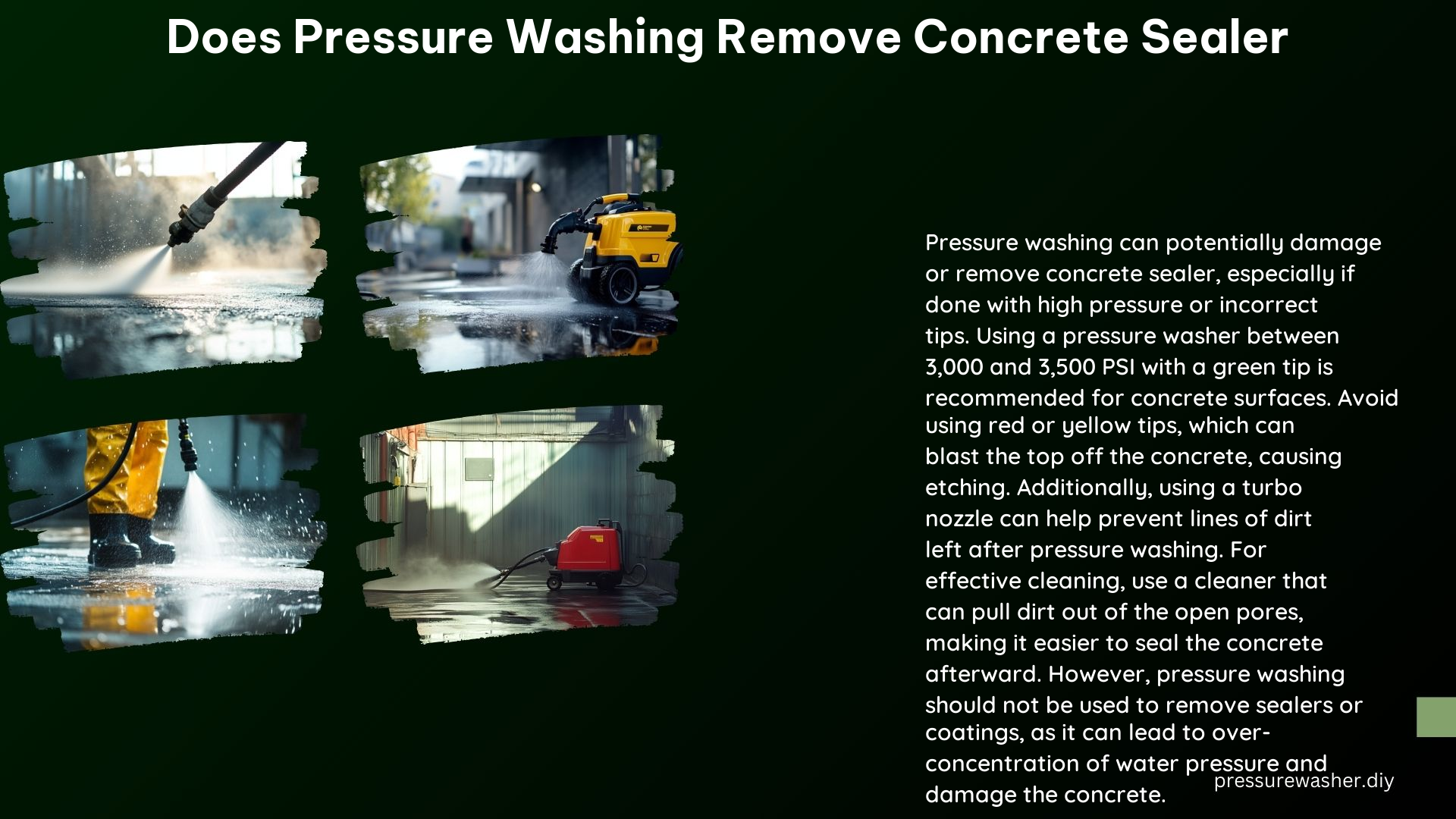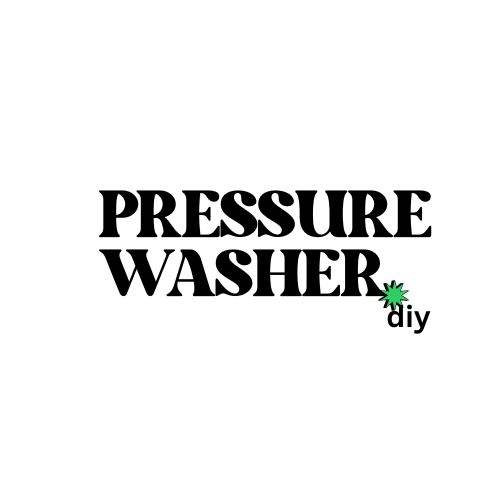Pressure washing can potentially remove or damage concrete sealers, but the extent of the impact depends on several critical factors, including the type of sealer, the pressure washer settings, and the technique used. This comprehensive guide will delve into the nuances of pressure washing and its effects on concrete sealers, providing you with the knowledge to safely and effectively maintain your concrete surfaces.
Factors Affecting Sealer Removal
Type of Sealer
The type of concrete sealer used plays a significant role in determining its susceptibility to pressure washing. Topical sealers, which sit on the surface of the concrete, are generally more vulnerable to removal by pressure washing than penetrative sealers. Topical sealers are more exposed to the direct force of the water pressure and can be more easily stripped away, whereas penetrative sealers, which soak into the concrete, are more resistant to removal.
Topical sealers typically have a thickness of 2-4 mils (0.002-0.004 inches) and are designed to form a protective film on the concrete surface. These sealers are susceptible to wear and tear over time and may require more frequent reapplication. In contrast, penetrative sealers, which have a thickness of 10-20 mils (0.010-0.020 inches), penetrate deeper into the concrete, creating a more durable and long-lasting seal.
Pressure Washer Settings
The pressure and temperature of the water used in the pressure washing process can significantly impact the removal of the concrete sealer. Higher pressures, typically above 3,000 PSI (pounds per square inch), and the use of hot water can be more effective at removing sealers, but they also increase the risk of damaging the underlying concrete.
For household maintenance, it is recommended to keep the pressure between 3,000 and 3,500 PSI. Pressures above this range should be used with caution, as they can potentially etch or pit the concrete surface, leading to permanent damage.
The temperature of the water can also play a role in sealer removal. Hot water, typically above 200°F, can be more effective at breaking down and dissolving the sealer, making it easier to remove. However, the use of excessively hot water can also increase the risk of concrete damage, such as spalling or cracking.
Technique and Nozzle Type
The type of nozzle used and the distance from the surface can affect the pressure and distribution of the water, which can impact the sealer removal process. Using a wide-angle fan tip, such as a green tip, can help distribute the water pressure more evenly across the surface, reducing the risk of concentrated high-pressure areas that could damage the sealer or the concrete.
Additionally, maintaining a safe distance from the surface, typically around 6-12 inches, can help prevent the water pressure from being too concentrated and causing unintended damage. Keeping the nozzle at a consistent distance and moving it in a sweeping motion can also help ensure even coverage and minimize the risk of sealer removal or concrete damage.
Safe Pressure Washing Techniques

To minimize the risk of damaging the sealer or the concrete during the pressure washing process, it is essential to follow these safe techniques:
-
Use the Correct Nozzle: As mentioned earlier, a green tip, which has a 25-40 degree spray pattern, is recommended for washing concrete surfaces. This nozzle type helps distribute the water pressure more evenly, reducing the risk of concentrated high-pressure areas.
-
Adjust the Pressure: For household maintenance, keep the pressure between 3,000 and 3,500 PSI. Pressures above this range should be used with caution, as they can potentially damage the concrete.
-
Use a Cleaner: Apply a cleaner specifically designed for concrete surfaces before pressure washing. These cleaners can help loosen dirt, stains, and other contaminants, making the pressure washing process more effective and reducing the risk of sealer removal.
-
Avoid High Pressure on the Sealer: Instead of directly targeting the sealer with high-pressure water, use a lower pressure (around 2,000 PSI) and a wider fan tip to distribute the force more evenly across the surface. This approach can help minimize the risk of sealer removal or concrete damage.
Removing Sealer for Resealing
If the goal is to remove the old sealer in preparation for resealing the concrete, a more targeted approach is necessary. This process may require the use of solvents, chemicals, or hot water to break down the existing sealer before pressure washing.
-
Use a Solvent or Chemical: Apply a solvent or chemical specifically designed for removing concrete sealers. These products can help break down the old sealer, making it easier to remove with pressure washing.
-
Use Hot Water: Hot water, typically above 200°F, can be more effective at dissolving and breaking down the old sealer, facilitating its removal.
-
Test the Pressure: Start with a lower pressure, around 2,000 PSI, and gradually increase the pressure as needed to remove the sealer. Avoid using excessive pressure, as it can damage the concrete.
It is important to note that the specific techniques and products used for sealer removal may vary depending on the type of sealer, the condition of the concrete, and the desired outcome. It is always recommended to conduct a small test area first to ensure the chosen method is effective and does not cause any unintended damage.
Conclusion
Pressure washing can potentially remove or damage concrete sealers, but the extent of the impact depends on several critical factors, including the type of sealer, the pressure washer settings, and the technique used. By understanding these factors and following safe pressure washing techniques, you can effectively maintain your concrete surfaces without compromising the integrity of the sealer.
Remember, when it comes to removing an existing sealer for resealing, a more targeted approach using solvents, chemicals, and hot water may be necessary. Always conduct a small test area first to ensure the chosen method is effective and does not cause any unintended damage to the concrete.
By following the guidelines and best practices outlined in this comprehensive guide, you can confidently pressure wash your concrete surfaces while preserving the protective sealer and maintaining the long-term durability of your concrete.
